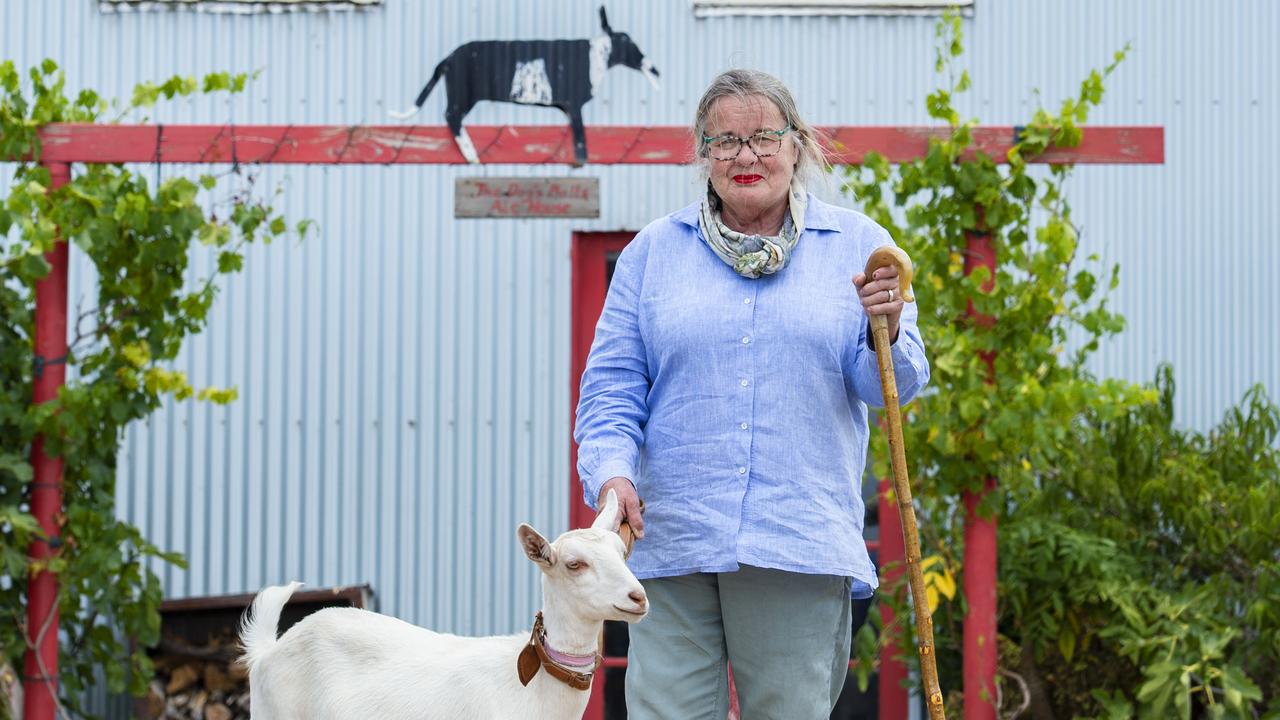Windmills in Australia: Iconic water pumping structures are in demand
Far from going out of favour, the iconic windmill seems to be enjoying a renaissance. And this manufacturer believes he knows why.

THE winds of change are forever blowing through Australian agriculture.
And perhaps standing as the perfect metaphor of this change is the windmill itself.
In our endless search for water supplies, these metal monuments have long been fixtures of the Australian landscape, with tens of thousands pumping water from rivers, dams and bores, some dating back well over a century.
At peak production in the 1930s there were more than 100 windmill manufacturers in Australia. Now there are only four, with a small army of contractors needed to ensure maintenance.
While new technologies such as electric submersible pumps and solar panels pose a potential threat to the future of windmills, industry insiders say a new generation of windmill aficionados is keeping the icon alive.
Pete Morrissy runs Victoria’s only windmill manufacturer, Bryan Windmills in Colac, which was established in 1888 and which he took over in 2004.
MORE MAKING THE SWITCH FROM PLASTIC TO RYE
A TALE OF TRUE LOVE, 88 YEARS IN THE MAKING
With the help of four staff, Pete manufactures about 150 windmills annually, using all Australian material, in seven different sizes. They range in diameter from 1.8m to 3.7m, with towers ranging from 4.5m to 12.2m. The largest pull water from 100m underground.
Pete says he gets orders from around Australia, as well as overseas, including Fiji and Japan. But one of his growing markets is ornamental windmills.
“People just love the look of a windmill and so order them as a feature in the landscape,” the 48-year-old says.
“Generally they’re on small acreage, about 5 to 10 acres, but it’s definitely an increasing trend — I’d say about 20 per cent of my business now.”


Pete also sells solar pumps and says while technology such as electric and diesel also has its place, “there will always be warranty claims” and maintenance.
“Technology will generally have some component fail and has a life expectancy of a decade or so. People often opt for solar because they don’t realise they can still buy windmills. It’s cheaper to buy but will always have running costs.
“Whereas windmills are bulletproof and will last four to five lifetimes. They need to be maintained annually with an oil and grease and components – such as the leather buckets in the brass pump – also need replacing.”
Of course, he adds, the wind needs to be blowing for a windmill to work and the key is to have the right amount of water storage as backup.
With the castings made in Ballarat and machined at the Colac workshop, Pete says the average windmill takes about a week to complete, and an average 2.4m windmill on a 6.1m tower costs $8500 plus $2000 to install.
About 100 agents around Victoria onsell and maintain Pete’s windmills, with parts available for mills up to a century old.
Pete started working at Bryan Windmills 30 years ago, fresh out of school, completing his seven-year apprenticeship with the company, mastering skills ranging from metal fabrication to electrics.
He says it is important to not have a fear of heights.
He uses a crane to install and maintain mills.
Pete hopes his 12-year-old son, Charlie — who has shown a keen interest in the business — will take over the reins.
“Even though there aren’t as many manufacturers as the early 1900s, I wouldn’t call it a dying industry. We do 10 times as much work now as when I took over this business.
“If I had more time I’d look at manufacturing windmills for power, but we’re just too busy.
“Especially with the dry season, we’ve had a lot of farmers coming to us wanting to tap into old bores, and need the infrastructure on top of that.”
In South Australia Dean & McCabe have manufactured Varcoe windmills since 1911.
In NSW, Comet Windmills have been produced for 140 years, and Southern Cross — established in Queensland after the Toowoomba foundry began making wooden windmills based on US designs in the 1890s — was this year bought by Ahrens, which builds silos, sheds and water tanks.
Comet Windmills owner David Catchpole bought the company three years ago, as the third owner of the renowned brand.
David — who will be at Farm World at Lardner Park in March — says far from being a dying industry, Comet is experiencing high demand on the back of the drought.
“We are flat out supplying massive pastoral properties, but also smaller 1ha farms that want to pump water from dams,” says David, an aircraft engineer.
“I know bore drillers are flat out looking for underground water and that flows on to us.
“We’ve also adapted windmills to be ornamental at a greatly reduced price, for people who just want them to spin at the entrance to their driveway, for instance.”
David says although the new generation of farmers is attracted to solar and new technologies — dissuaded by the initial set-up cost and labour of windmills — it’s important to have a multi-generation perspective.
“I tell my customers to do the sums over 40 years.
“We still have all the original drawings and patterns from the first Comet Windmills and are servicing all the original windmills, some as far back as the early 1900s.”


